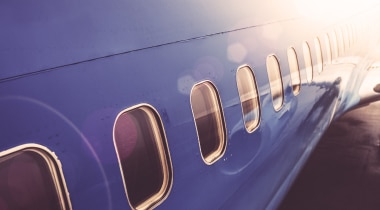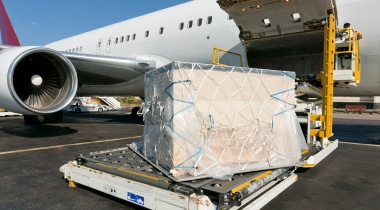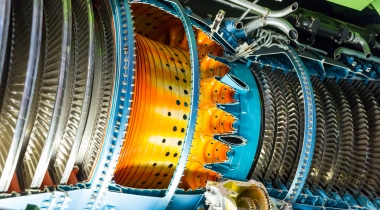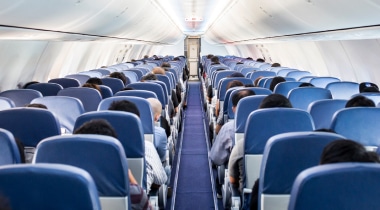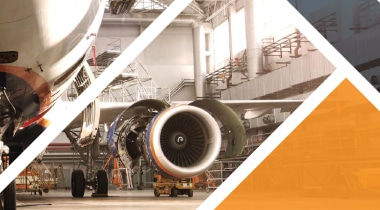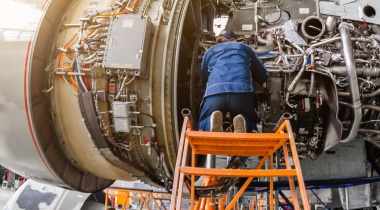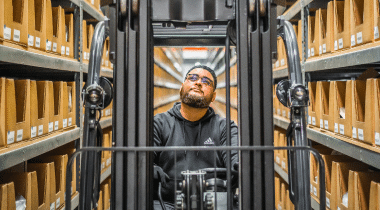2015 is shaping up to be a stellar year for the airline industry. Oil prices are low, unemployment is continuing its decline and The Conference Board’s consumer confidence index is trending upward. Americans are spending again, and this is translating into a move away from the “staycations” which have dominated travel since the word officially entered the general lexicon back in 2009. But if you’re traveling by plane this summer, be prepared to be delayed. A recent Forbes article on the topic reports you have a 25% chance of experiencing a flight delay.
Profits from the influx of airline travelers have already resulted in record first-quarter profits for airlines including American Airlines, Delta and Southwest, and the summer season is anticipated to be the best ever. Industry trade organization Airlines for America (A4A) projects a June 1 through August 31 U.S. airline enplane rate of 2.4 million passengers per day.
What are the airlines going to do with all of the billions of dollars in profit they’re raking in this year? Judging from the near constant barrage of stories on the topic of ticket prices, they will not be returning that value to customers in the form of cheaper fares. Instead, a recent MSNBC article, citing a letter written by A4A senior vice president for legislative and regulatory policy Sharon Pinkerton, reports that these profits will go toward paying down the debt still on the books from 2001–2010, a period of time in which the industry lost $63 billion dollars.
Additionally, that money is going toward improvements like the swank airport lounge upgrades the Los Angeles Times reported on back in May. And while technically, this is a customer perk, the article points out the unfortunate reality that most air travelers will never get to enjoy those upgrades, as they mainly benefit first-class fliers.
Here at Kapco Global, we are watching to see if any of those billions of dollars will be spent on improvements that could address the ever growing percentage of “air carrier” flight delays. The United States Department of Transportation, Bureau of Transportation Statistics defines air carrier delays as delays “due to circumstances within the airline’s control (e.g. maintenance or crew problems, aircraft cleaning, baggage loading, fueling, etc.)”.
Since the second half of 2003, the percentage of total delay minutes in this category has increased from 26.3% to 30.2% in 2014. These delays also contribute to the number of delays within the category, “aircraft arriving late,” which have also jumped from 30.9% in 2003 to 41.9% in 2014 (you can find the table with these numbers on the DOT website). Meanwhile, delays in both “extreme weather” and “National Aviation System delays”—which are included in the “aircraft arriving late” category—have gone down over that same time period.
What this means, then, is that the majority of flight delays are caused by circumstances within the control of the airline. And certainly, a percentage of those delays are caused by chinks in the MRO supply chain, inefficient MRO inventory management and a lack of risk and predictive analysis.
Paying down debt is obviously important, and fancy airport lounges are really nice for those who get to use them, but with all that money flying into airline industry coffers, we hope that some of it will go toward improving ground-level operations. This is where the industry can make changes that will benefit everyone.
In our latest blog series, we wrote about members-only flying and its growing popularity among California frequent fliers. One of the key selling points? It’s a huge time saver. Perhaps this is the kind of disruptive movement that will get the airline industry to care more about improving flight delay numbers and about the time and schedules of its passengers.
